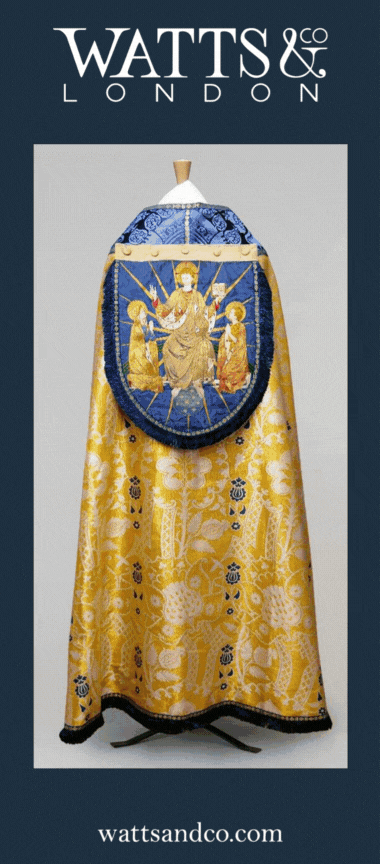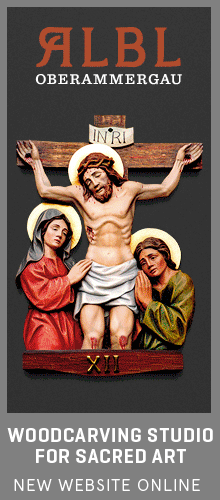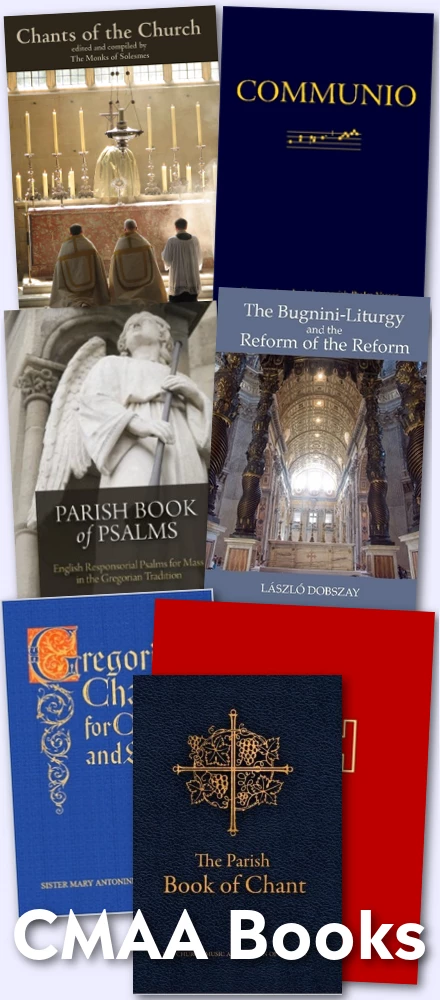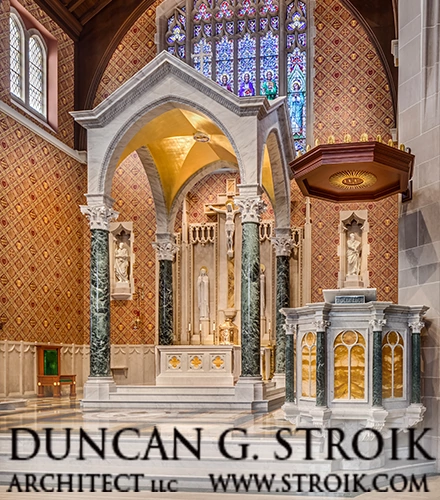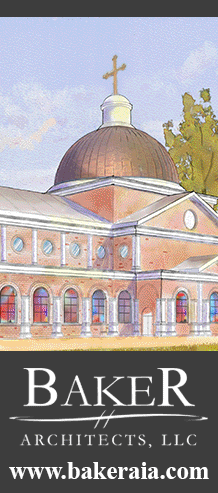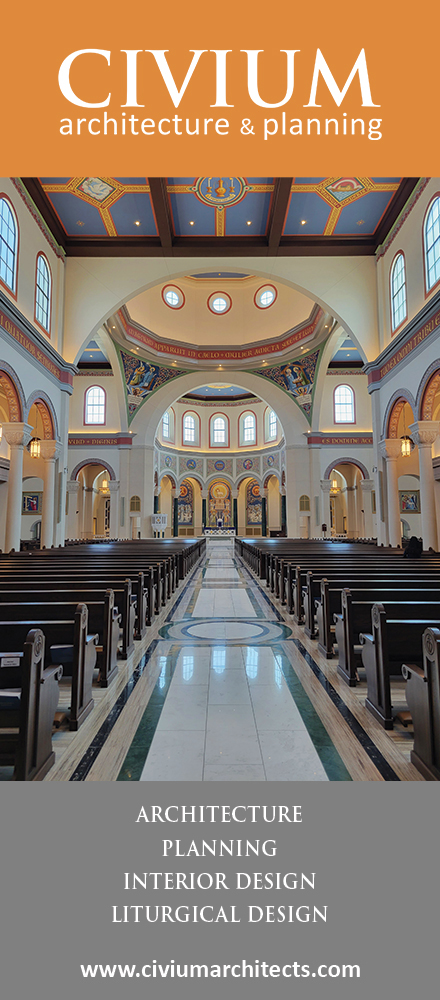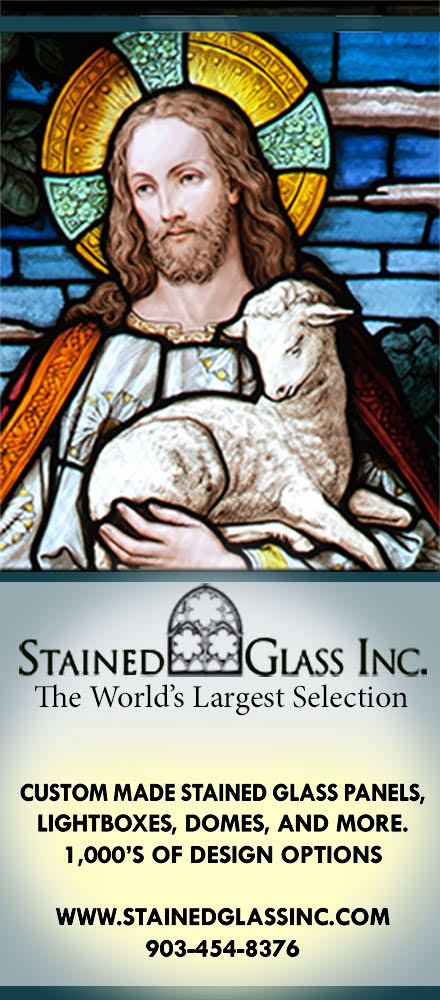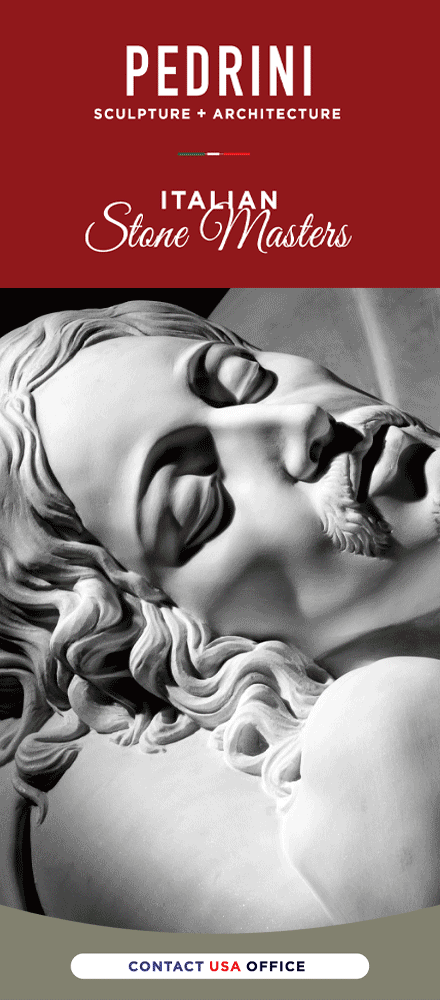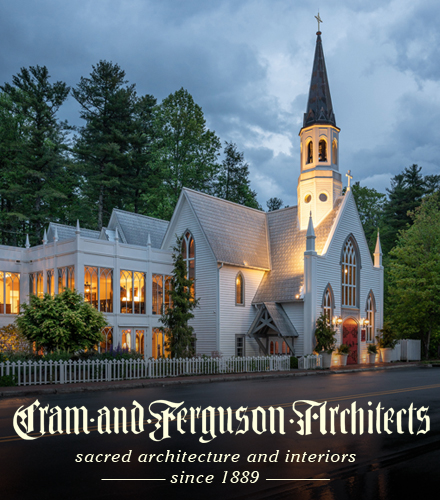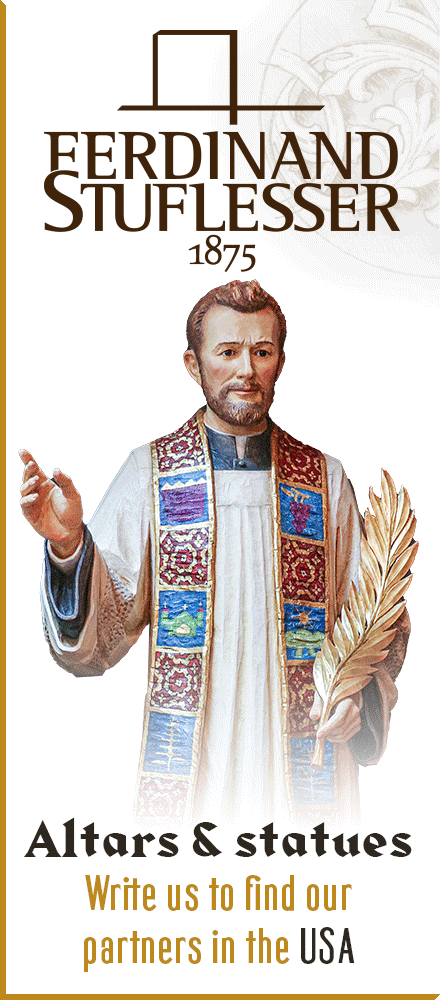We recently shared some photos from this conference, and we are very gratefui to the Te Deum Institute of Sacred Liturgy for sending us the following papers from their recent "Time Drawn Into Eternity" conference which focused on sacred time and the liturgical calendar.
The first paper which we wish to share with you is Bishop Peter J. Elliott's paper, "The Glory of the Liturgy: Pope Benedict's Vision".
For those who may not have time at the moment to read the entire piece, here are a few excerpts of note. (Though I would encourage you to make time later.)
On ad orientem:
His [the Pope's] cosmological vision of the Eucharist explains the Pope’s appreciation for celebrating the Eucharist ad orientem, that is, towards the East. Led by the priest, the pilgrim people turn towards the Light of the risen Lord, reigning in his cosmos and coming again in his parousia. As cardinal he was well aware of the cultural difficulty of appreciating this ancient universal Christian symbolism in the secularized Western World. But he did not even consider that ignorant expression we still hear, celebrating Mass “with his back to the people”. That misses the whole point of the priest who is leading a worship procession towards the Lord.
[...]
Our Pope invites us to see the glory of Christ Priest and Victim in the liturgy. He leads us into this glory, above all by his own example of a priest humbly entering the divine mysteries of the altar. By word and demeanor he reminds us that liturgy is a gift to be received in humility, not something we construct for ourselves, not a fabrication. Here he strongly rejects a decadent style of liturgy that set in soon after Vatican II. That style was contrived to be a deliberate break with the past.
On continuity, organic development and the divine focus of the sacred liturgy:
While Catholic liturgy develops, it is a treasure handed on to us, entrusted to us by the Church. Therefore he applies to liturgy what he applies to the interpretation of the teachings of the Second Vatican Council, a “hermeneutic of continuity”, understanding the Council in the context of all preceding Councils and papal teachings. By sharp contrast, the “hermeneutic of discontinuity” breaks with the past and interprets liturgy as our creation, what “we do”, or as we hear in some quarters, what we do when “we gather”, adorned with such inventions as “gathering hymns” and a “gathering rite”.
[...]
...our Holy Father reminds us that in worship we are meant to focus on God, to give God the glory, not to glorify ourselves. He criticized a self-centered over-emphasis on ourselves that has damaged the quality of worship. When the liturgical community turns in on itself, it ends up worshiping itself. Self-centric worship is supposed to “build up community”, but in practice it undermines community.
On the altar and the "Benedictine arrangement":
He directs us away from ourselves and back to God by focusing on the Christian altar, the great sign of Christ among us. In Feast of Faith and The Spirit of the Liturgy he argued that the altar is not a setting to display a man (a Pope, bishop or priest). One might add that the altar is not a lectern or pulpit. Rather, during the action of the liturgy, the altar itself should draw us around Jesus Christ crucified and risen. This breaks down that self-centric community tendency.
Therefore he shows us a way that helps us “turn to the Lord” whenever Mass is celebrated facing the people. At all papal Masses, the crucifix now stands at the centre, no longer to one side. It is flanked by candles, of a significant size. This arrangement is being called the “Benedictine Altar”. It restores glory to our altars, especially when ornaments of fine quality are used and the altar is vested in a noble antependium.
On the place and importance of liturgical beauty:
He calls us by his word and example to set aside the banal. To use what is beautiful, be it old or new: the best vessels, fine vestments, good design and architecture, gracious ceremonial, excellent music. This is not mere aestheticism because is derived from the God who is beautiful, the Lord of the Eucharist.
[...]
By contrast, as anyone can see, a feature of the hermeneutic of discontinuity or rupture is a tendency towards ugliness, or at least promoting a modernist aesthetic, often dull, cold or minimalist - ugly churches, vestments, vessels etc, and all bereft of mystery. But the God we worship and praise is beautiful, to be worshipped in the beauty of holiness, worshipped “in spirit and in truth”. That is why Catholic liturgy in all its forms, simple or solemn, Eastern or Western, captures something of the glory of God.
Here is the paper in full.
The second paper which we wish to bring to you is by Fr. Angelo Van der Putten, FSSP, "The Possibility of Reconciling the Liturgical Calendars of the Extraordinary Form and the Ordinary Form." We shall simply present it here in full:

